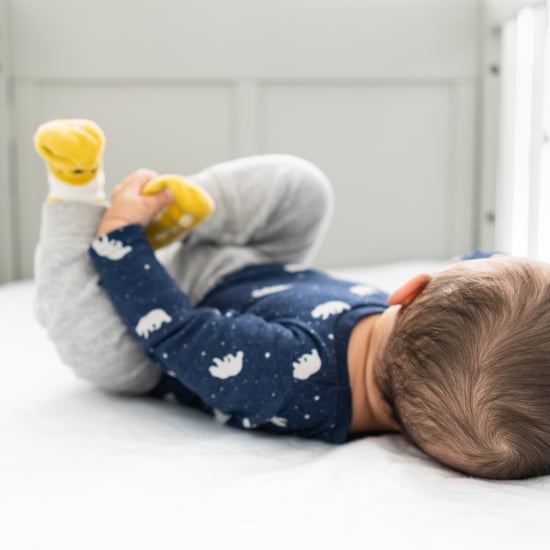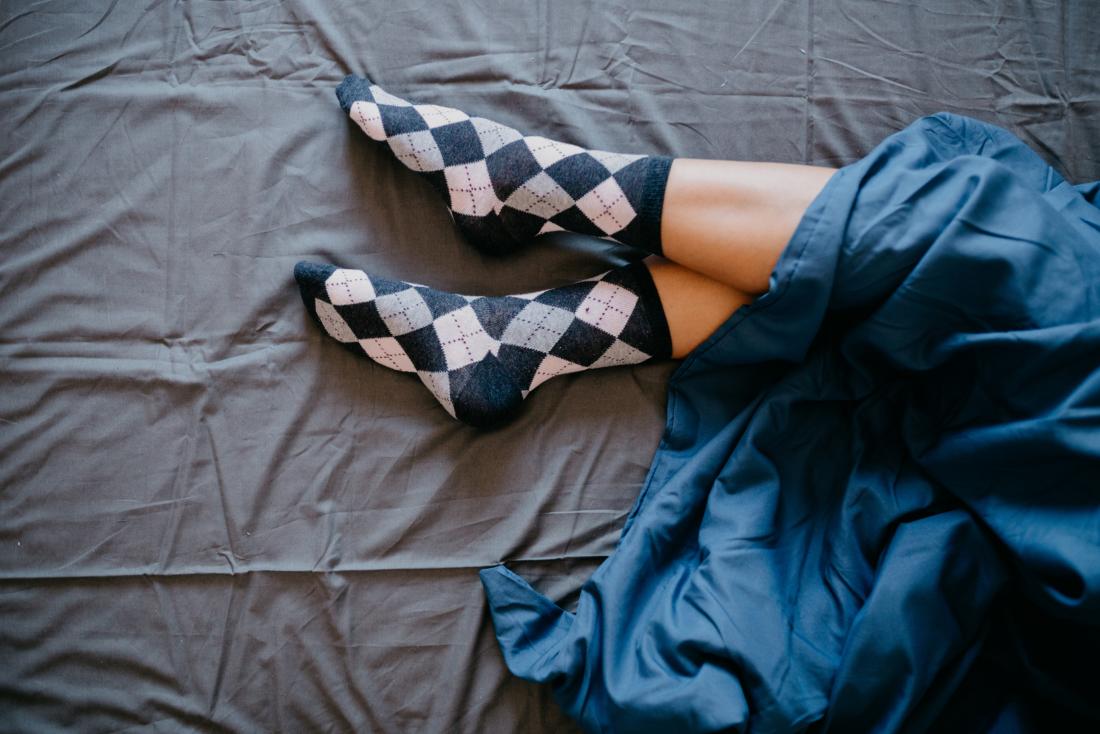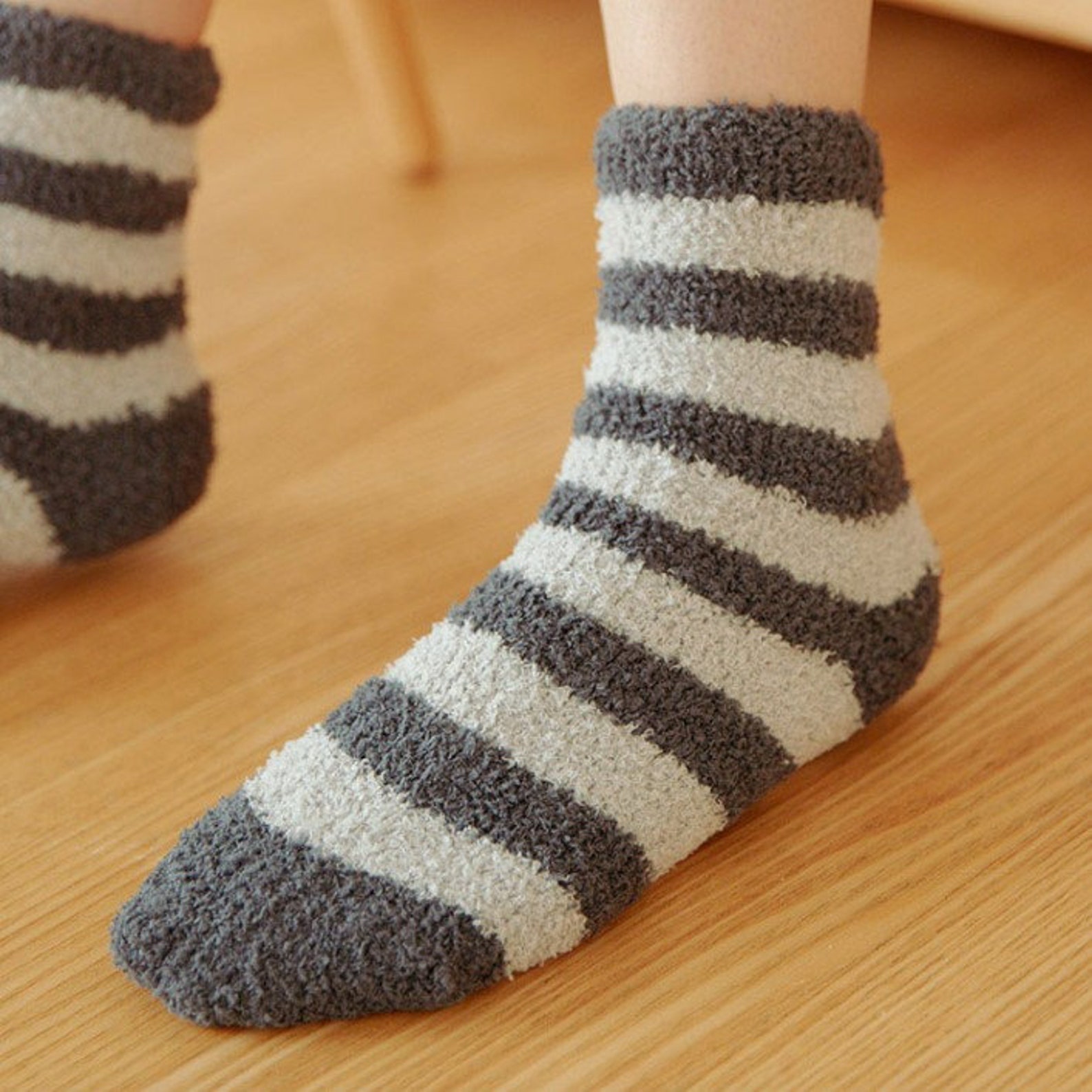
Change into a fresh pair before you hit the sack. In addition, never wear the socks you’ve been wearing all day, since this could encourage the accumulation of dry skin, sweat, and odor-causing microorganisms. Unless you’ve been instructed to do so by a medical profession, compression may hinder blood flow to your feet when you’re lying down. Cold creates stagnation which can also lead to pain (think Reynaud’s Syndrome).”ĭoes it matter which socks you wear to sleep? Choose any type you like – bonus points for cute and colorful fluffy ones! But you definitely want to avoid sleeping in compression socks. If you think about a warm bath you relax, and in cold water you tense up. “Cold impedes the flow of energy and heat or warmth encourages it. DOM, Doctor of Chinese and Integrative Medicine, told Reader’s Digest. For that reason, we want to circulate the ‘qi and blood.’ By doing so, we keep painful obstruction away from the body and keep the energy flowing smoothly,” Dr. “Cold feet can drain the energy of the body and can obstruct the flow of vital qi (energy) and blood (nutrition) in the body. Traditional Chinese medicine also backs up this wear-socks-to-bed concept, specifically focusing on its ability to enhance circulation. Wearing socks to bed Is better for your Qi Keeping warm throughout the day and wearing socks to bed can help reduce these uncomfortable symptoms. This is a condition where blood flow to the hands and feet is reduced, and fingers and toes can feel cold and numb. Hands and feet that are frequently cold could be a sign of Raynaud’s disease. Wearing socks could help those suffering from Raynaud’s This can also help soften any callouses you have for easier removal.

Should we sleep with socks on cracked#
If you suffer from dry or cracked feet, moisturizing your feet each evening and placing socks over them will help heal your skin and improve skin texture. Socks help keep moisture next to your skin surface. This is where blood vessels dilate, which allows more blood to circulate so you can cool down faster and, therefore, achieve sleep faster. By keeping your feet warm, you trigger a process called vasodilation. Hot flashes are a response to hormonal changes, but they can be prevented by wearing socks in bed. Wearing socks could reduce the symptoms of menopauseįor women going through menopause, sleep can be a challenge. The reasons behind this are unknown, but it could be that supporting better circulation benefits all parts of the body, so the brain and pleasure centers also reap the benefits. A small European study found that women who wore socks to bed were 30 percent more likely to achieve orgasm. On the other hand, wearing socks to bed could keep you from getting to sleep, because you’re busy doing other things (wink, wink). That’s why wearing socks to bed can help you achieve optimal thermoregulation. However, your extremities (ie hands and feet) should still be kept warm to ensure you feel cozy and comfortable, and are able to stay solidly asleep. This is why the ideal temperature for sleep is in the cool mid-60s degrees Fahrenheit – it facilitates that natural drop in temperature your brain associates with sleep. While your body temperature varies during the day, it tends to drop at night – reaching its lowest point while you sleep – before starting to rise again in the early morning before you wake up.


The circadian rhythm is closely linked to body temperature, and maintaining the right level of warmth during sleep can help ensure a more effective night of rest. Wearing socks could support deeper & longer sleep One study found that hitting the hay with socks actually helps you fall asleep fifteen minutes sooner than usual. According to the National Sleep Foundation, warming your feet before you go to bed can effectively signal your brain that it’s time for sleep. Wearing socks could help you fall asleep fasterĭo you ever lay in bed counting sheep? Wish you could fall asleep faster? Wearing socks to bed could be your express ticket to dreamland.


 0 kommentar(er)
0 kommentar(er)
